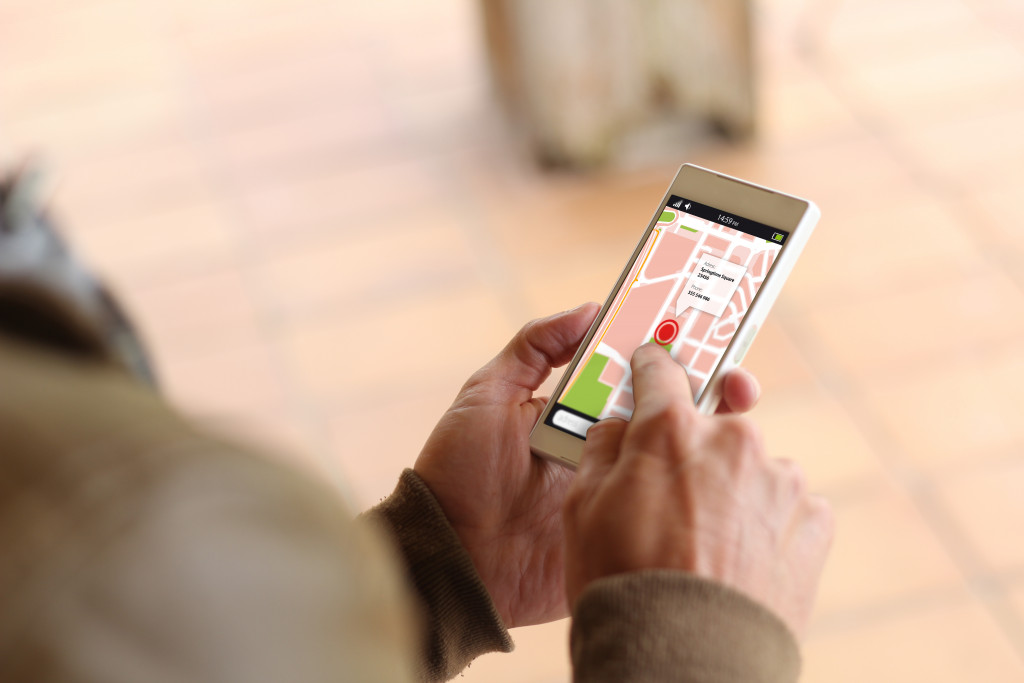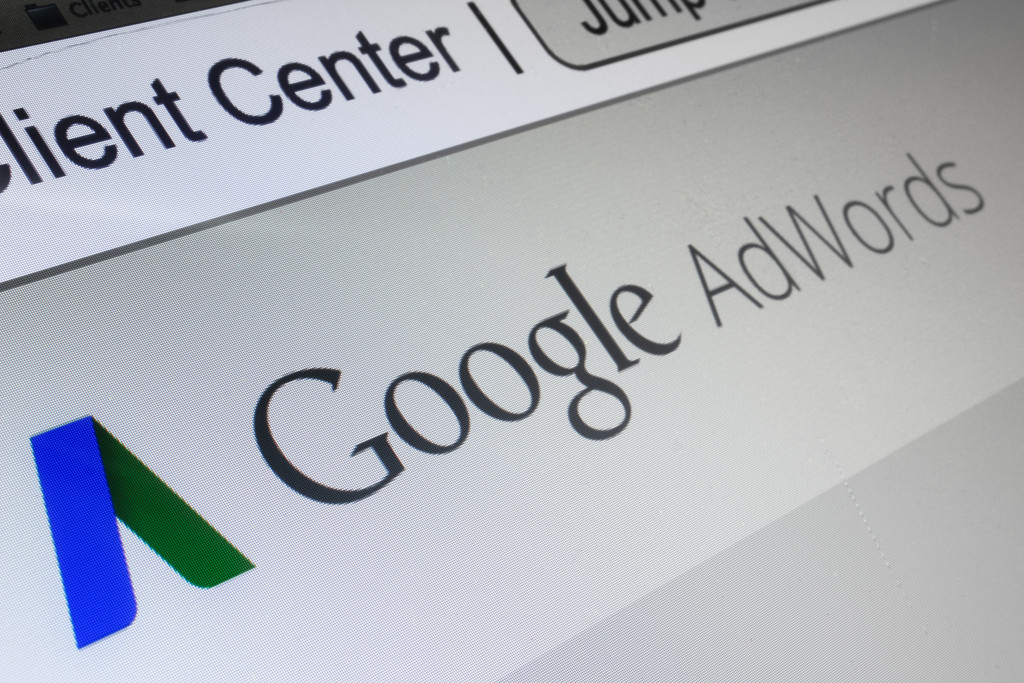The dawn of digital marketing made us think that the glory days of traditional marketing are finally over. Believe it or not, traditional marketing is still a valuable asset for most businesses. It’s all about knowing the art of merging digital marketing with traditional marketing.
The most successful businesses today know how to innovate, transform, and take serious risks. These principles drive entrepreneurs to embrace new ideas to ensure they won’t fall behind in the ever-competitive digital economy. In this case, most companies hire an SEO marketing agency to get the best results for their marketing campaigns.
However, the integration of new technology often comes at the expense of disregarding traditional tools, which can be a costly mistake. Despite the continuous emergence of digital marketing tools, it’s still worth mastering combining digital marketing with traditional marketing. Both methods have their unique abilities to enhance audience reach and build a memorable and profitable brand.
Creating a comprehensive marketing strategy involves reaping the benefits of two marketing methods by seamlessly combining traditional assets with newer channels. That being said, here are three ways to make digital and traditional marketing work together.
Deep media and print media
Skilled marketers know the importance of nurturing and developing customer relationships at all stages of the marketing funnel. These marketers have a customer-focused mindset, set to bring more sales at affordable costs while adapting to the changing customer journey.
Deep media nurturing refers to an integrated omnichannel method that uses a variety of digital tools. With deep media gaining traction, marketers have to step up their marketing game by improving lead nurturing outside the digital landscape.
One example of a well-known deep media nurturing technique is the premium programmatic displays when postings ads in digital magazines. Although print media is not as popular as it used to be, there are still people who prefer reading print editions to digital magazines. If deep media nurturing aims to reach potential customers from different platforms, it may be a great idea to include print media to accelerate conversion rates.
Besides the additional touchpoint of print media, they also have unique advantages over deep media. For instance, print media has a less intrusive nature and more flexibility in terms of ad placement. Marketers can control where they want to place the ad, unlike programmatic display, where digital bidding on ad exchanges determines the ad placement.
While deep media nurturing depends on creating customized messaging designed for the customer’s buying journey, print media helps marketers target their customers in a specific niche industry through relevant messages.

Geotargeting and traditional advertising platforms
Traditional advertising platforms such as banners and billboards are still relevant to business-to-business (B2B) marketing by engaging new audiences, promoting brand messaging, and driving brand awareness. In fact, according to the global business magazine Campaign, a billboard is still one of the best ways to advertise in niche markets as it reaches over 90% of the population.
But the expensive costs of billboards has kept small business from using them, forcing them to rely on digital-style billboards since they come at lower rates for the same level of exposure.
To increase the impact of traditional advertising, marketers can combine it with geotargeted ads — an advertising method that identifies the location of website visitors and presents tailored content to those visitors depending on their current location.
By targeting the location of prospects, geotargeting allows marketers to understand the customers’ persona and journey maps, which enables them to promote content in places where prospects can easily see and remember. By placing content in strategic locations, this will boost brand equity in areas that really matter.
Account-based marketing and live events
The most successful marketers in the B2B industry depend on account-based marketing (ABM) to reach accounts most likely to convert. Integrating ABM’s targeting power with a live event’s intimacy allows marketers to maximize the benefits of both strategies.
An efficient ABM tool stack helps marketers optimize the most profitable accounts and get a more in-depth view of the important decision-makers and influencers of a target account. This technique will help marketers create an impactful event engagement tactic.
As marketers choose the best-fitted accounts, they must track their target’s online activities and determine signals that will trigger event outreach. Eventually, targets will express their interest in sponsoring or attending an event. In other words, ABM technology helps markets gain access to real-time insights using their target accounts’ online activity and enables them to respond to that signal.
In the end, digital and traditional marketing aren’t two opposite things, but they are meant to complement each other. Combining marketing methods is a great way to solidify the success of any marketing campaign. When a company utilizes every strategy available to them, they can reach and convert more audiences into their brand.

